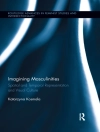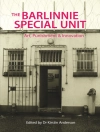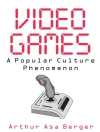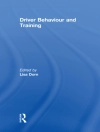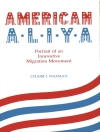Our prehistoric ancestors used flint tools every day; they were of vital importance for cutting and scraping, used for hunting, preparing food, making clothing and building shelters, and their remnants are scattered around the countryside.
Unearthing such a find is a magical moment – a direct link to events thousands of years before – but how do you identify the piece of flint you find out in the field? Is it only a lump of flint, or did it really have an important function as a tool prized by our ancestors? And how old is it, exactly?
In Flint Tools Field Guide, archaeologist and flint knapper Robert Turner opens a window into prehistoric archaeology, using hand-drawn illustrations and photographs to explain how to identify tools and their uses, as well as approximate their age. This is an important insight into how people lived and worked so many years ago.
Sobre o autor
ROBERT TURNER and his wife Gillian are both members of Worthing Archaeological Society and Sussex Archaeological Society. Robert is also a flint knapper and a member of the Lithics Society, sometimes working with professional archaeologists. He runs flint courses at Butser Iron Age Village, was a tutor for Sussex University, and has over the years lectured and demonstrated flint tools to local societies and history groups. He also teaches at schools. He lives in West Sussex.


